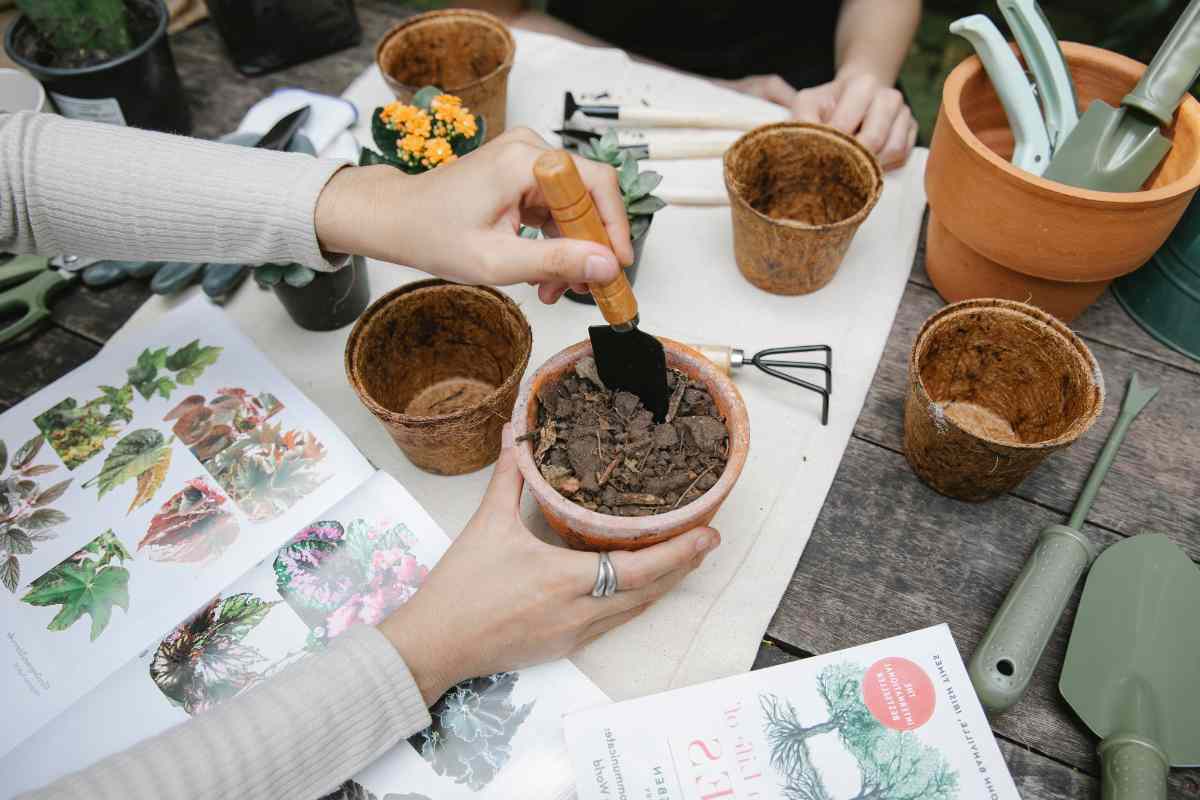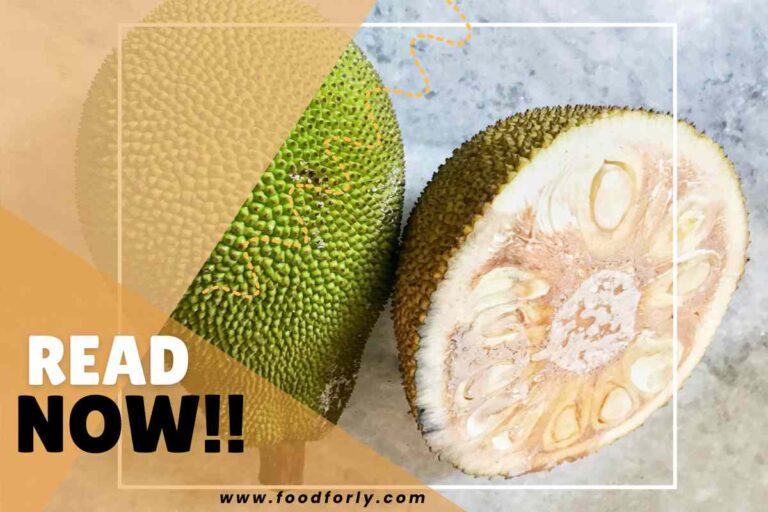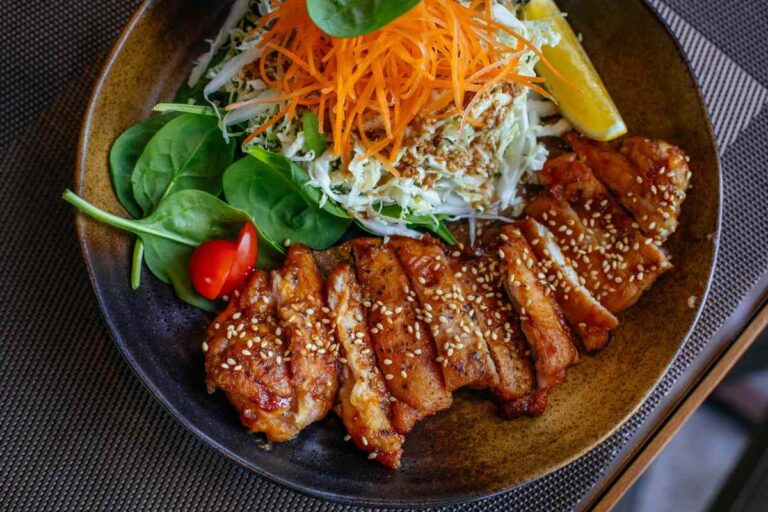Potting Mix For Bird Of Paradise
Are you looking to create a thriving environment for your bird of paradise plant? One of the key factors in ensuring its success is choosing the right potting mix. The potting mix plays a crucial role in providing the necessary nutrients and support for your plant’s growth.
In this article, we will guide you through the process of selecting and preparing the perfect potting mix for your bird of paradise plant.
Understanding the needs of your bird of paradise plant is essential before diving into potting mix selection. These plants require well-draining soil that retains moisture without becoming waterlogged. By following our step-by-step instructions, you will learn how to create a potting mix that strikes this delicate balance.
Once you have prepared your potting mix, we will also provide guidance on transplanting your bird of paradise plant and maintaining it properly. With proper care and attention, your bird of paradise plant will flourish in its new home, adding beauty and vibrancy to any space.
Potting Mix For Bird Of Paradise

Understanding the Needs of Bird of Paradise Plants
If you wanna keep your bird of paradise happy and thriving, it’s important to understand what they need in terms of soil and potting mix. Understanding plant growth is key when it comes to creating the ideal environment for your bird of paradise.
These plants prefer well-draining soil that retains some moisture but doesn’t become waterlogged. A good potting mix for bird of paradise should contain a blend of organic matter, such as peat moss or compost, along with perlite or sand to improve drainage.
Common problems with bird of paradise plants include root rot caused by overwatering or poor drainage. To prevent this, make sure the potting mix allows excess water to drain away easily. If you notice any issues with your plant, adjusting the potting mix can often solve the problem and get your bird of paradise back on track.
Choosing the Right Potting Mix
When selecting the ideal soil blend, you’ll want to consider a mixture that promotes optimal growth and vitality for your magnificent tropical plant. The potting mix composition plays a crucial role in providing the necessary nutrients, moisture retention, and drainage for your bird of paradise.
A well-draining potting mix is essential to prevent waterlogged roots and ensure healthy growth. Look for a mix that contains ingredients like peat moss or coconut coir, which help retain moisture while allowing excess water to drain away. Adding perlite or vermiculite can improve drainage further.
Additionally, incorporating organic matter such as compost or aged bark will provide essential nutrients over time. Remember, choosing the right potting mix is key to creating an environment where your bird of paradise can thrive and flourish.
Preparing the Potting Mix
When preparing the potting mix for your bird of paradise, it’s important to sterilize the mix to prevent any harmful pests or diseases from affecting your plant. You can achieve this by baking the potting mix in the oven at a low temperature.
Additionally, mixing in amendments such as perlite or sand will help improve drainage and prevent waterlogging.
Lastly, ensuring proper aeration by adding materials like coconut coir or bark chips will promote healthy root growth and overall plant vigor.
Sterilizing the Potting Mix
To properly sterilize the potting mix for your bird of paradise, you’ll need to follow these simple steps. Sterilizing techniques are crucial because they eliminate harmful bacteria and pests that can harm your plant.
First, gather a large plastic bag and fill it with the potting mix. Seal the bag tightly, ensuring no air can escape. Place the bag in a microwave-safe container and heat it on high for about two minutes. This process will kill any pathogens present in the soil.
After microwaving, let the mix cool completely before using it for repotting your bird of paradise. The benefits of sterilization include promoting healthy root growth and preventing diseases from spreading to your plant. By taking this extra step, you’re giving your bird of paradise the best chance to thrive in its new potting mix.
Mixing in Amendments for Better Drainage
For an even healthier and more vibrant plant, give your beloved bird of paradise the gift of improved drainage by incorporating amendments into its soil. By adding certain amendments to the potting mix, you can create a well-draining environment that promotes optimal root health. Some popular amendments for improving drainage include perlite, vermiculite, and sand. These materials help to loosen compacted soil and prevent water from pooling around the roots, which can lead to root rot.
To emphasize the importance of these amendments, consider the following table:
| Amendment | Benefits |
|---|---|
| Perlite | Improves aeration and moisture retention |
| Vermiculite | Enhances nutrient availability |
| Sand | Increases drainage and prevents compaction |
Incorporating these amendments will not only improve drainage but also provide your bird of paradise with the ideal growing conditions it needs to thrive. So why wait? Give your plant’s roots some love by mixing in these essential additives for better drainage improvement.
Ensuring Proper Aeration
Improving the health of your beloved plant is essential, and ensuring proper aeration is an important step in achieving that. When it comes to potting mix for bird of paradise plants, you want to focus on improving soil fertility while also preventing root rot. Adequate aeration plays a crucial role in both aspects.
To ensure proper aeration, start by selecting a well-draining potting mix that allows air to flow freely through the soil. This will help prevent water from pooling around the roots and causing root rot. Additionally, consider adding organic matter such as compost or coconut coir to improve soil structure and enhance nutrient retention.
Furthermore, you can incorporate perlite or vermiculite into the mix to increase porosity and facilitate better oxygen exchange within the root zone. These additives will promote healthy growth by preventing compaction and allowing roots to breathe.
By prioritizing proper aeration in your potting mix, you’ll be taking proactive steps towards improving your bird of paradise’s overall health and longevity.
Transplanting Your Bird of Paradise Plant
When transplanting your Bird of Paradise plant, there are a few key points to keep in mind. First, selecting the right size pot is crucial for the health and growth of your plant.
Secondly, mastering proper transplanting techniques will ensure minimal stress and maximum success for your bird of paradise.
Lastly, watering and caring for your plant after transplanting is essential to help it settle into its new home and thrive in its new environment.
Selecting the Right Size Pot
Choosing the perfect size pot is crucial in ensuring optimal growth for your bird of paradise plant. When selecting a pot, it’s important to consider the size of your plant and its root system.
A pot that is too small can restrict root growth and lead to stunted development, while a pot that is too large can hold excess moisture, causing root rot.
To determine the right size pot, measure the diameter of your plant’s root ball and choose a pot that is about 1-2 inches larger in diameter. Additionally, ensure that the chosen pot has drainage holes at the bottom to prevent waterlogging.
Once you have selected the right size pot, fill it with a well-draining potting mix specifically formulated for tropical plants like bird of paradise. This will provide the necessary nutrients and aeration for healthy root development and overall plant growth.
Proper Transplanting Techniques
Once you’ve got the perfect-sized pot, it’s time to get your hands dirty and give your plant a new home with proper transplanting techniques.
First, make sure to water your bird of paradise thoroughly a day or two before transplanting. This will help moisten the soil and make it easier to remove the plant from its old pot.
When removing the plant, gently tap on the sides of the pot to loosen the root ball and carefully lift it out.
Place your bird of paradise in its new pot, making sure it sits at the same depth as before.
Fill in any gaps with fresh potting mix and lightly tamp it down.
After transplanting, water your plant again using proper watering techniques – aim for evenly moist soil without overwatering. This will help prevent transplant shock and allow your bird of paradise to settle into its new home smoothly.
Watering and Care After Transplanting
Now that you’ve successfully transplanted your bird of paradise, it’s important to know how to properly care for it. After transplanting, one of the most crucial aspects is watering frequency. Bird of paradise plants prefer a moderately moist potting mix, so make sure to water them thoroughly but allow the top few inches of soil to dry out before watering again.
It’s important not to overwater as this can lead to root rot. Additionally, these plants thrive in bright sunlight, so be sure to place them in a location where they can receive at least six hours of direct sunlight each day. This will help promote healthy growth and vibrant blooms.
With the right amount of water and sunlight, your bird of paradise will flourish in its new potting mix environment.
Maintaining and Monitoring Your Bird of Paradise Plant
To keep your bird of paradise plant healthy and thriving, it’s essential that you regularly maintain and monitor its growth. Monitoring plant health is crucial in identifying any issues early on and taking necessary steps to address them. One important aspect of maintenance is preventing pest infestations. Keep an eye out for common pests like aphids or spider mites, which can cause damage to your plant. Regularly inspect the leaves and stems for any signs of infestation, such as sticky residue or webbing. If you notice any pests, promptly treat them with appropriate insecticides or natural remedies. Additionally, make sure to provide proper care by watering your plant when the soil feels dry and fertilizing it every couple of months during the growing season. By diligently maintaining and monitoring your bird of paradise plant, you can ensure its long-term health and beauty.
| Plant Health Monitoring | Pest Prevention |
|---|---|
| Regular inspection of leaves and stems | Identifying common pests |
| Prompt treatment of infestations | Using appropriate insecticides |
| Providing proper care through watering and fertilizing | Utilizing natural remedies |
Conclusion
In conclusion, you now have the knowledge and tools to successfully care for your bird of paradise plant. By understanding its needs and choosing the right potting mix, you can ensure that your plant thrives.
Remember to prepare the potting mix properly and transplant your plant carefully. Lastly, make sure to monitor and maintain your bird of paradise regularly to keep it healthy and beautiful.
With these steps, you’ll enjoy a stunning bird of paradise plant in no time!



